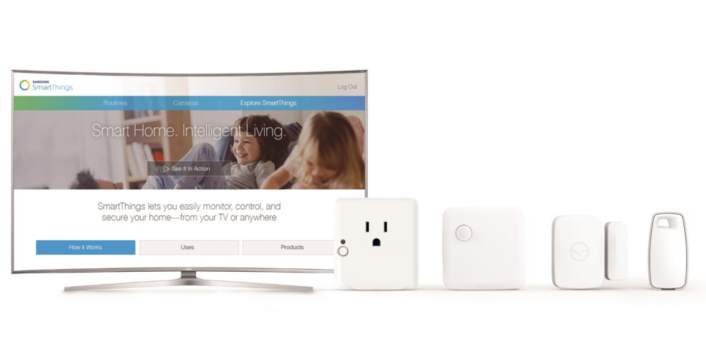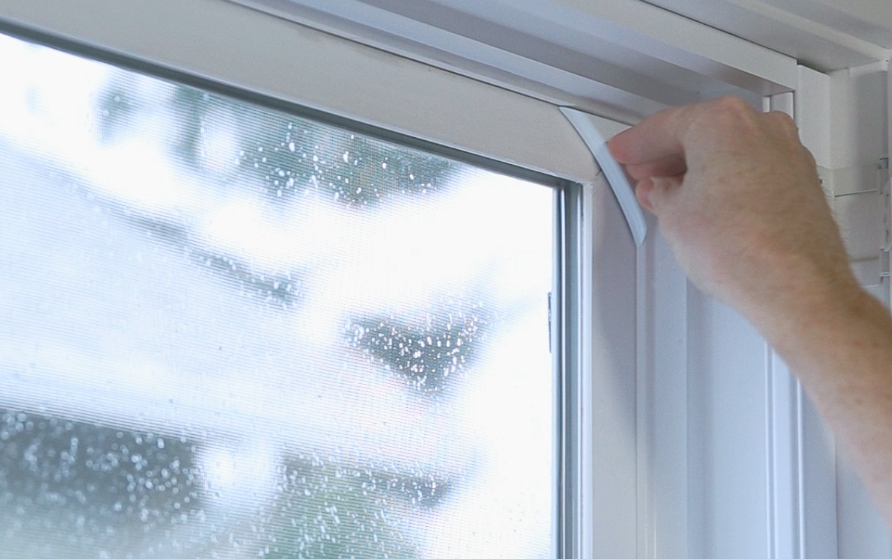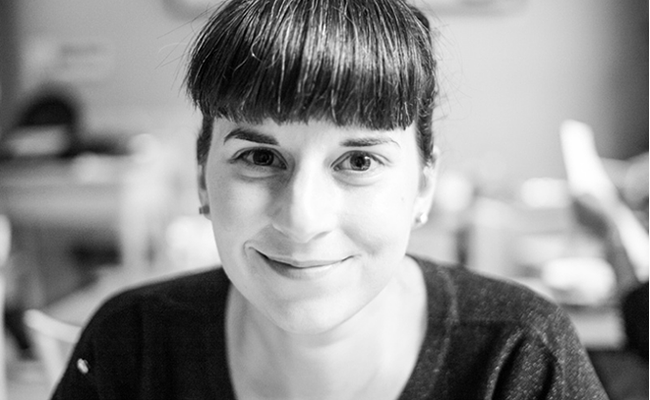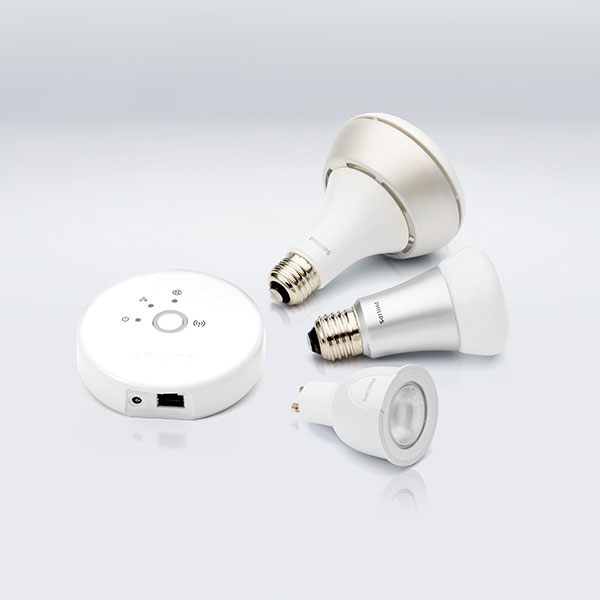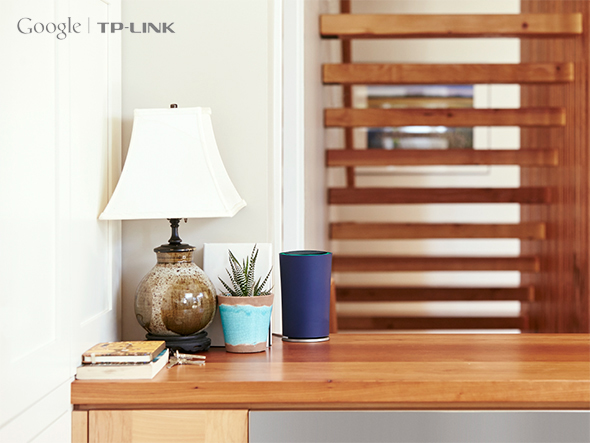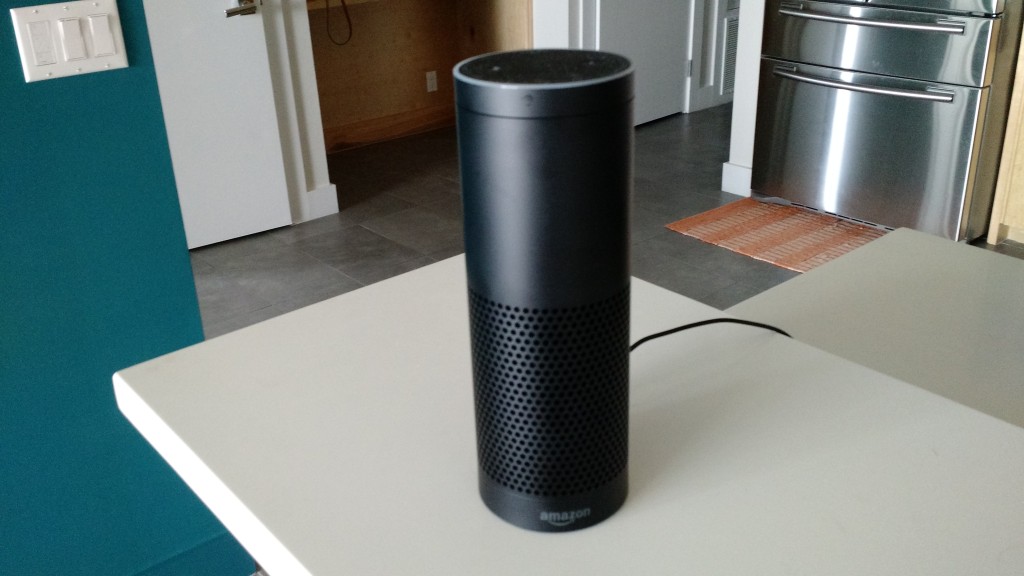We’ve talked about how whether you should take your connected devices with you when you move on previous shows, but on this week’s show Chad Curry, managing director at the center for Realtor Technology at the National Association of Realtors, takes things further. Much further. Curry discusses the future of MLS listings and how your next real estate transaction might end up with you receiving the gift of a smart hub. From there we discuss the future of home listings and what items will disappear from the home of the relatively near future. In the future when prospective buyers do a property search they may be able to request a smarter house and pick and chose their gadgets. And for those who missed it, check out the work Curry’s team did on helping people who move reauthenticate their smart devices. Most of our listeners should probably bookmark this checklist.
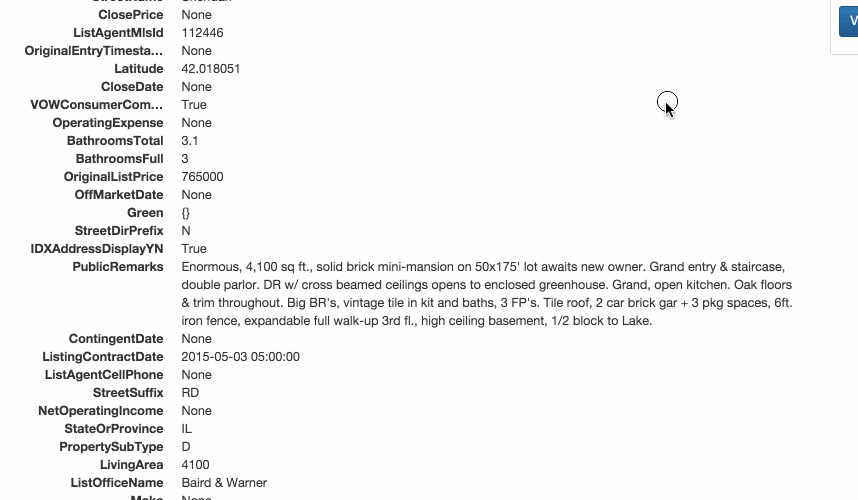
Before we get to Curry, Kevin and I discuss the new Raspberry Pi with integrated Bluetooth and Wi-Fi, which people are saying is THE Pi for the internet of things, the new Fitbit smartwatch and price cuts at the Pebble Time. We also run through some of the features on the Sony Xperia agent prototype shown off at Mobile World Congress which reminded Kevin a lot of the Amazon Echo. And I finally remembered to tell y’all about the future of the new standards-setting organization that formed two weeks ago with Intel, Qualcomm, Microsoft and more. So listen up, and don’t worry, next week, Kevin and I will discuss the new Amazon Echo products.
Hosts: Stacey Higginbotham and Kevin Tofel
Guest: Chad Curry, managing director at the center for Realtor Technology at the National Association of Realtors
- A new Raspberry Pi for the internet of things
- Sony’s Amazon Echo prototype and watching the smartwatches
- The AllJoyn engineers went to Intel and OCF is the result
- Are you ready for connected drywall?
- How MLS listings might change thanks to connected sensors
Podcast: Play in new window | Download | Embed
Subscribe: RSS

